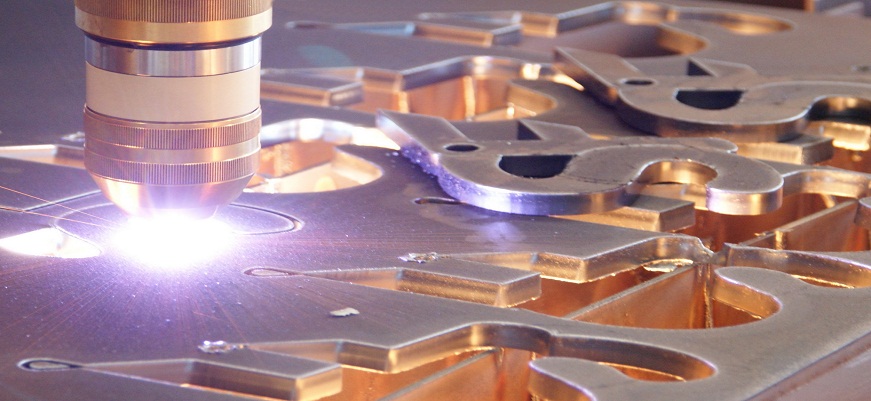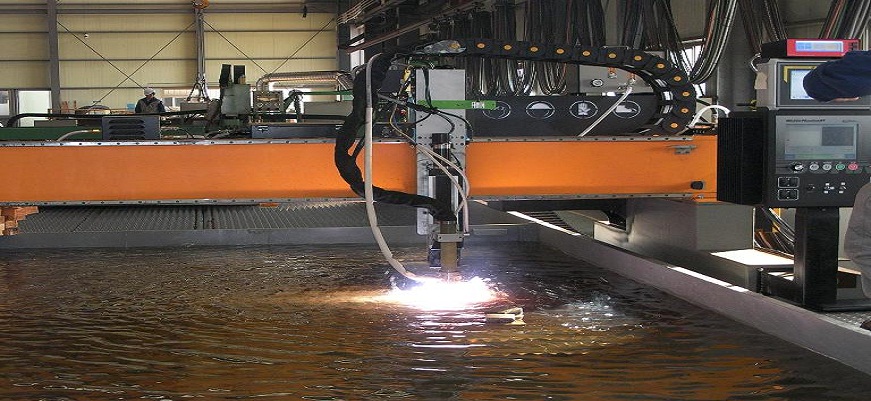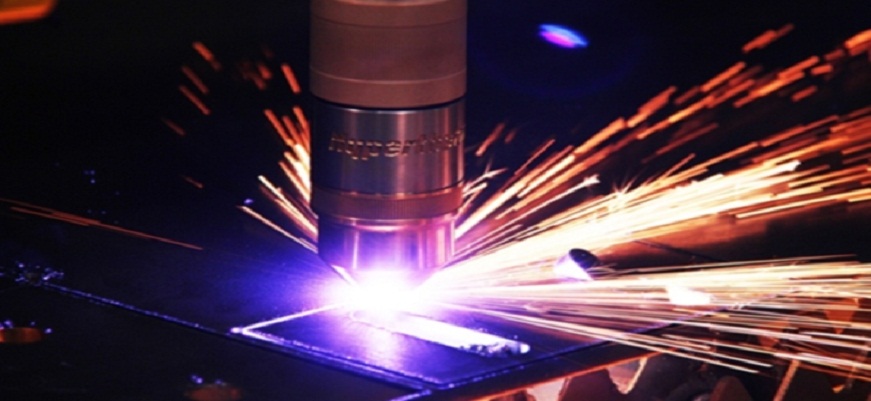
Plasma cutting – procedures and techniques
Today, on the market, there are several different plasma cutting procedures that give a different cut quality. Each procedure has a characteristic application. Which procedures are used for what?
Plasma cutting procedures
Plasma metal cutting was developed in the 50s of the last century. Since then plasma cutting has been developing more and more with new techniques and plasma cutting processes. Each of the procedures brings different advantages and disadvantages with it. Techniques or plasma cutting processes are reduced to:
- Plasma cutting without secondary media
- Plasma cutting with the presence of a secondary media
- Plasma cutting with a narrowed bow
- Plasma cutting without a secondary media
The plasma cutting procedure without secondary media is used for:
- Manual plasma cutting
- Flush with plasma cutter
- Plasma cutting of sheets of less thickness
- Cutting a smaller number of parts
- Less need for cutting quality
Plasma cutting without the use of an auxiliary gas is most commonly used in shipbuilding where cutting is preceded by welding. In addition, such a plasma cutting process is applied to steel, or during automated (robotized) cutting of profiles. In practice, such a cutting process is often used in combination with CNC technology.
However, a special feature of this cutting process is the use of only one gas having a dual role – cooling and cutting. Because of its simplicity, most handheld plasma cutters work on such a principle. What is even more important is that plasma cutting without an auxiliary gas is used for metals with a maximum thickness of up to 16 mm.

Underwater plasma cutting / Foto: © ECVV
Plasma cutting with the presence of secondary gas
Equally, as the previously described plasma cutting process, this process also has typical situations in which it is used, these are:
- Metal drilling
- The beginning of plasma cutting
- High-quality cut demand
- Plasma cutting of grids
- Underwater plasma cutting
This plasma cutting procedure is specific thanks to a special nozzle that serves to provide the rotating gas. Its main role is the protection of the plasma gas from potentially harmful effects of the atmosphere (environment). The fact that plasma gas is protected, makes this plasma cutting procedure ideal for underwater plasma cutting.
Underwater plasma cutting brings along a number of advantages related to the filtering of potential radiation as well as to the protection of the operator. Underwater plasma cutting also affects noise and dust reduction.
Plasma cutting with injected water
Plasma cutting using injected water uses only one gas to make the plasma. Water injection is radiated or vortexed. This procedure narrows the bow and directly leads to an increase in plasma density. In addition to the mentioned narrowing of the bow, the use of water also affects the cooling.
Nitrogen is most commonly used to generate plasma, but in practice, different, cheaper gases are used, which don’t reduce the quality of the cut. Such a cutting procedure is primarily used for cutting materials where the requirements for cutting quality are exceptionally high.

Plasma metal cutting / Foto: © American Machinist


